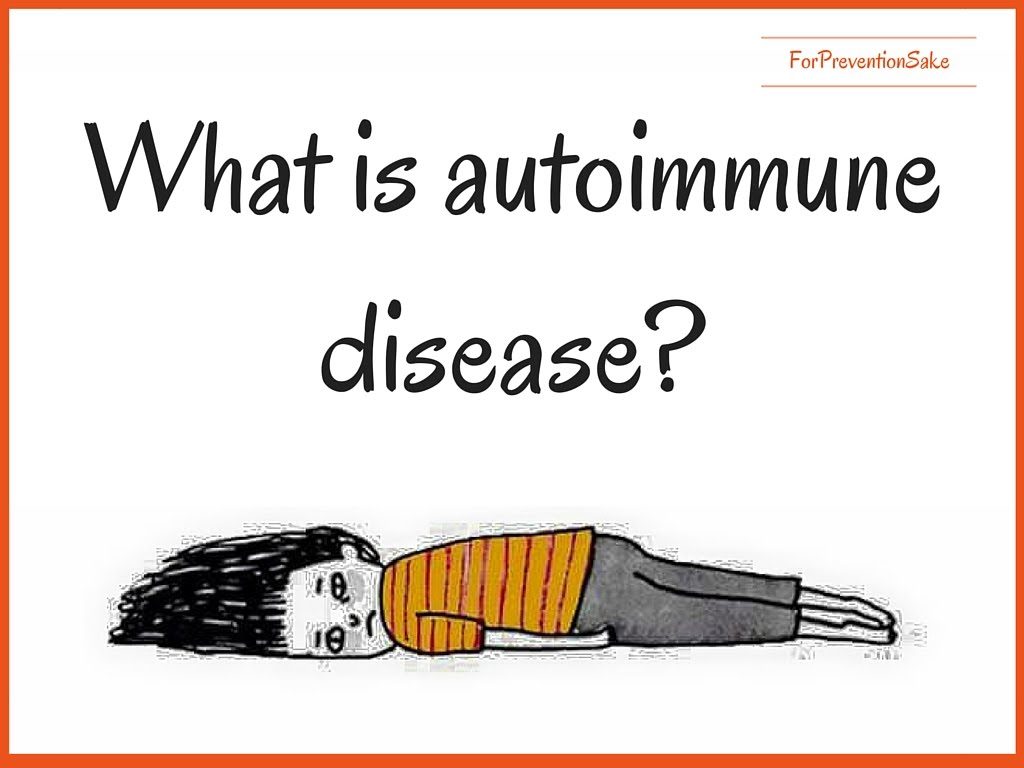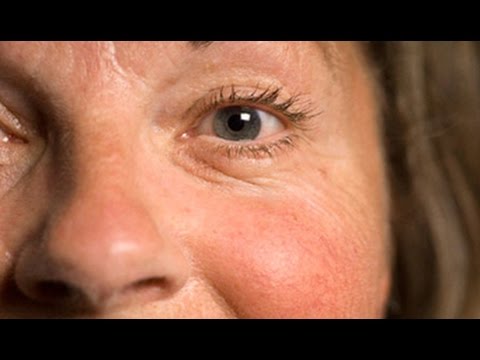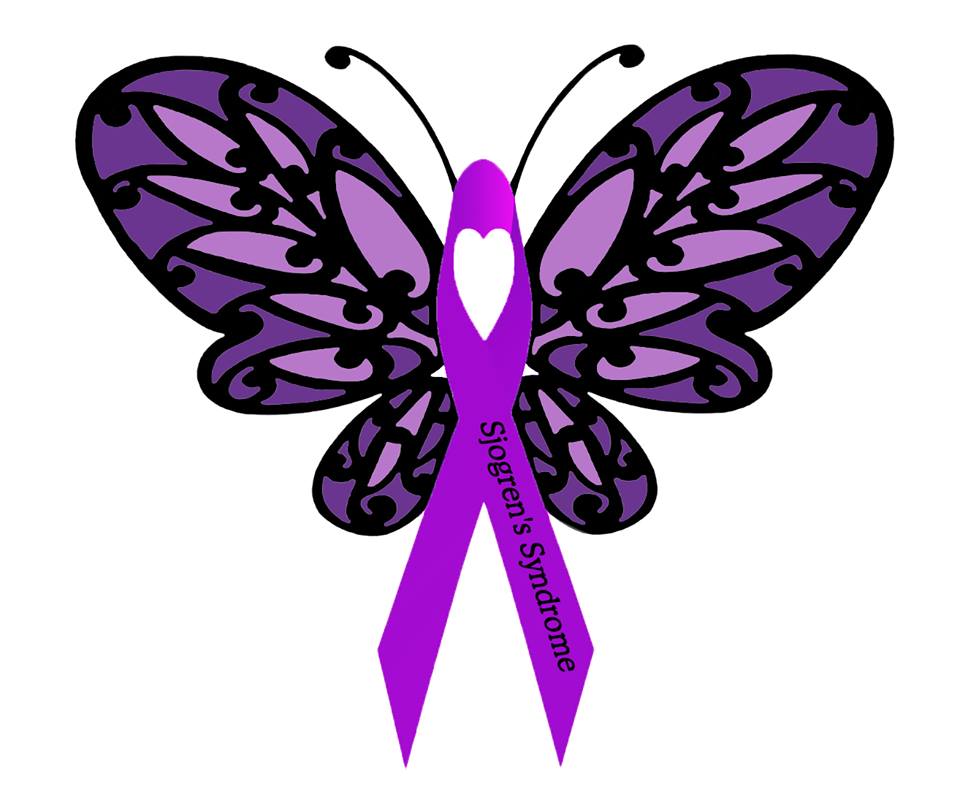
The American College of Rheumatology (ACR) and Simple Tasks™ will recognize the fifth annual Rheumatic Disease Awareness Month (RDAM) this September with an awareness campaign that focuses on amplifying patient voices and experiences.
The campaign theme, “My Disease May Be Invisible, But I’m Not,” will spotlight the diverse experiences of individuals who live with chronic and sometimes debilitating rheumatic diseases that affect more than 54 million adults and an estimated 300,000 children in the U.S. In a recent survey, two-thirds of Americans living with rheumatic disease reported their disease sometimes feels invisible because they “don’t look sick” to those around them – a finding that illustrates the continued need to increase awareness and end the stigma surrounding chronic diseases.
“During this September’s awareness month and beyond, we encourage all Americans living with rheumatic disease to share their stories, join our community, and participate in the ACR’s ongoing efforts to enact policies that promote safe, effective, affordable and accessible care and treatments,” said Ellen Gravallese, MD, President of the ACR. “Your voices and perspectives are incredibly important.”
The month’s activities include a national patient survey, spotlight videos and blog posts from three patient spokespeople, a satellite media tour, and an interactive “Tell Your Story” feature on the Simple Tasks website.
2020 National Patient Survey
Released during Rheumatic Disease Awareness Month, the survey of more than 1,100 Americans living with rheumatic diseases was conducted to gain a better understanding of the quality of life issues associated with these diseases. Notable survey findings include:
- 68% of respondents reported their disease sometimes feels invisible because they don’t “look sick” to most people.
- The vast majority — approximately 83% — reported at least one activity limitation as a result of their disease, including the ability to exercise, work and perform physical activities.
- Out-of-pocket treatment costs more than doubled from 2019. The median annual out-of-pocket treatment cost in 2020 was $1,000 — up from $475 last year.
- About 66% of patients reported having a telehealth appointment with their rheumatologist within the past year, with COVID-19 reported as the most common reason.
-
See the complete 2020 survey findings and more information on the survey methodology.
“Living with an invisible disease is not the end of the road.”
Throughout the month, three patient spokespeople will share their stories and experiences of what it is like to live with an invisible disease.
Georgia State Representative Kim Schofield, of Atlanta, has spent the past 20 years living with lupus and advocating for the lupus patient community. After losing her job because they told her she “didn’t look sick,” Schofield mobilized patient advocates to pass legislation at the state level, in 2014, recognizing lupus as a cause of disability. In 2017, she ran for state office – and won. During her first year in office, Rep. Schofield was able to get appropriations money for lupus research and educate school nurses across the state about lupus.
“Living with an invisible disease is not the end of the road. It is an opportunity for you to explore things in yourself that have not been created or done. It is like rediscovering yourself,” said Rep. Schofield.
An estimated 1.5 million Americans have a form of lupus.
“To me, having an invisible disease is the call to educate the world.”
J. Chandler Woods, of Kingsport, Tennessee, was diagnosed with juvenile idiopathic arthritis when he was 14 years old. When he learned he had arthritis, he was worried he would not be able to continue doing the things he loved, like performing in his high school marching band. Thanks to early diagnosis and access to treatment from a rheumatologist, Woods has been able to manage his symptoms and stay active.
“To me, having an invisible disease is the call to educate the world about what it’s like to live with a disease that may not be identifiable just by looking at somebody,” said Woods.
An estimated 300,000 children in the U.S. live with a form of arthritis.
“Because people can’t always see the signs and symptoms, it’s hard for them to know these are real conditions that impact millions of people.”
Like many with Sjögren’s syndrome, Jill Abbott, of Fargo, North Dakota, experienced fatigue, dry mouth and eyes and joint pain before her diagnosis. Learning to manage a chronic condition while also being a mom is not an easy feat, but Jill has learned that patience and persistence, as well as having healthy habits, are keys to managing her invisible rheumatic disease.
“Because people can’t always see the signs and symptoms of rheumatic diseases, it’s hard for them to know that these are real conditions that impact millions of people,” said Abbott.
An estimated 4 million Americans live with Sjögren’s syndrome.
Along with telling their stories, Schofield, Woods and Abbott will be encouraging others to tell their story to raise awareness during RDAM.
Tell Your Story
The Simple Tasks website will feature opportunities for patients to tell their own stories throughout September. Patients can submit a photo, video or a few of their own words describing their experiences living with an invisible disease, or submit a letter to the editor of their local newspaper discussing this year’s survey findings. Patient submissions will be posted in the “Tell Your Story” gallery at RDAM.org and shared on social media throughout the month using #RDAM.



